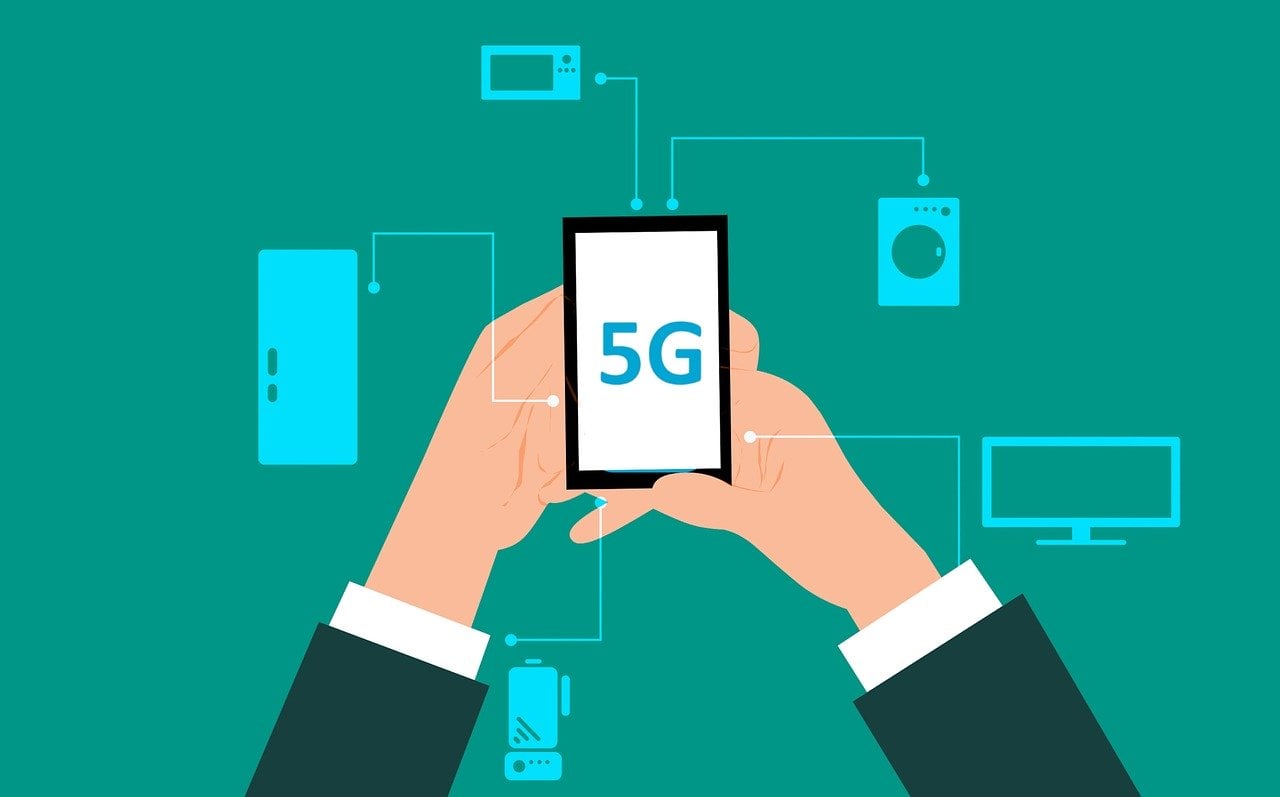Study Finds High Radiofrequency Radiation on Streets of Downtown Columbia, South Carolina from Cell Antennas, including 4G and 5G.
WASHINGTON, April 28, 2022–A recent study in the World Academy of Sciences Journal measured levels of radiofrequency radiation (RFR), from wireless networks including 5G, in the city of Columbia, South Carolina and found the highest RFR levels in areas where the cell phone base station antennas were placed on top of utility poles, street lamps, traffic lights or other posts near to the street. Wireless installations called “small cells” often encapsulate cell antennas in cylinders on short poles and are designed not to be noticeable. The paper included several graphics showing how the RFR is emitted out from the antennas and exposes people walking down the street.
Q1 2022 hedge fund letters, conferences and more
On the whole, 3,943 single measurements were conducted all over the downtown area over five days in 2021 with the aim of measuring public exposure from the city’s RF infrastructure. When the study’s authors compared their findings to a 2019 published review on the mean outdoor exposure level of European cities (0.07 to 1.27 V/m) to the mean of Columbia, South Carolina (1,240 V/m), it placed Columbia on top of the European scale.
The Columbia, S.C. study concluded that the highest exposure areas were due to two reasons: cell phone base antennas on top of high-rise buildings provide “good cell coverage reaching far away, but creating elevated exposure to the radiofrequency electromagnetic fields at the immediate vicinity; and cell phone base station antennas installed on top of utility poles have placed the radiation source closer to humans walking on street level.”
The conclusion continued, “RF exposure levels from mobile phone base stations antennas near the street level reached high levels. It is thus recommended that all such close proximity transmitters should be labeled with relevant signs to warn of high RF exposure in the area. The study pointed to a the New Hampshire State Commission Report on 5G which has 15 recommendations including that warnings that be posted near antennas.
The Expansion Of 5G Network
The Columbia, S.C. study conclusion continued, “Cell phone base station antennas should be distinct and noticeable so that people who need to limit their exposure, have been given a chance to do so by distancing themselves from the RF sources. Considering the current trend of cell phone service providers expanding their 5G network, more utility pole base station antennas are expected. Consequently, the public exposure is also likely to increase in coming years.”
When asked about this and prior studies, Lennart Hardell, M.D. (co-author of this study,) stated “Our published research has concluded that RF radiation is a human carcinogen. We recommend that 5G is not rolled out since the full consequences for human health and the environment have not been adequately investigated. Studies are urgently needed.” Hardell is an oncologist and professor and is also with the Environment and Cancer Research Foundation Sweden. Hardell also served in an expert working group of the World Health Organization International Agency for Research in Cancer in reviewing radiofrequency radiation and health.
Dr. Hardell is one of the more than 400 scientists and physicians who have signed the European Union 5G Appeal which states, “5G will substantially increase exposure to radiofrequency electromagnetic fields (RF-EMF) on top of the 2G, 3G, 4G, Wi-Fi, etc. for telecommunications already in place. RF-EMF has been proven to be harmful for humans and the environment.”
Over 3,500 medical doctors signed onto a 2020 Consensus statement that wireless RF has been proven to damage biological systems at intensities below government limits (See signatures here, PDF of Consensus Statement).
“The proliferation of “small cells” is increasing public exposure to cell tower RF radiation. The Court ruling in our successful lawsuit against the FCC confirms that the research has not been adequate reviewed and government limits for RF exposure are not science based. The Environmental Health Trust continues to call on the government to thoroughly review all of the recent, peer-reviewed research that demonstrates harm from wireless radiation,” said Devra Davis, Ph.D., epidemiologist and president of the EHT. Davis has spoken before Congress on the science of cell phone radiation. “The FCC is using studies that were done back when most of the public still had flip phones. It’s far outdated.”
About Environmental Health Trust
Founded in 2007, Environmental Health Trust, a 501(c)3 nonprofit, is a think tank that promotes a healthier environment through research, education and policy. EHT conducts cutting edge research on environmental health hazards and works with communities, health, education professionals and policymakers to understand and mitigate these hazards. Currently, EHT works with scientists, policymakers, teachers, parents and students to promote awareness on how to practice safe technology.
The Environmental Health Trust has worked on the issue of wireless radiation for over a decade submitting thousands of pages of evidence to the FCC in the years leading up to the court's decision. EHT scientists testified in 2009 Senate hearings and 2008 congressional hearing on cell phone radiation- the last ever held. EHT scientists have continued to publish research on the health effects of non -ionizing electromagnetic radiation and organized numerous national and international scientific conferences on the issue. Visit www.ehtrust.org for more information.













